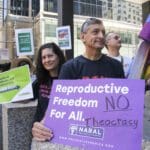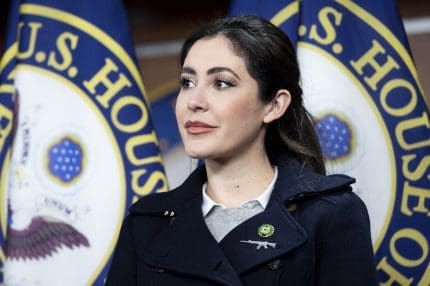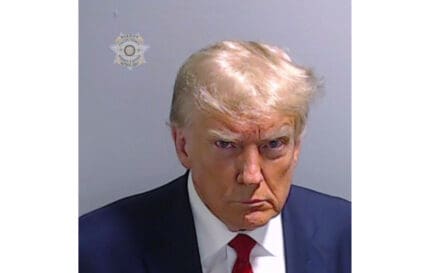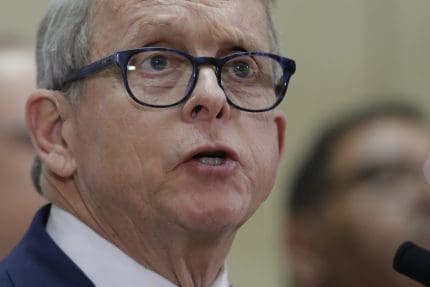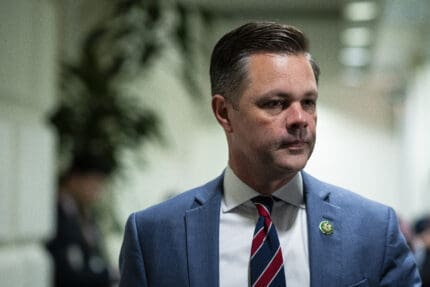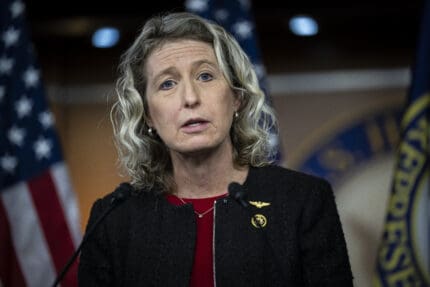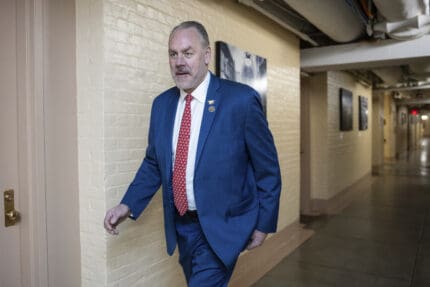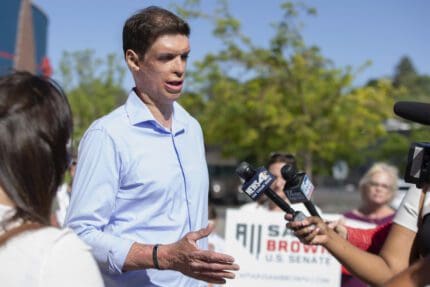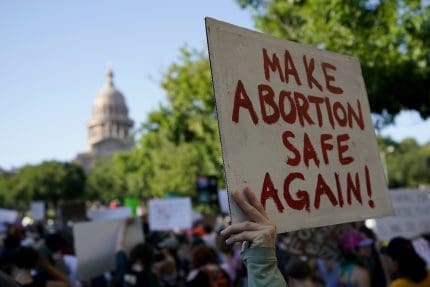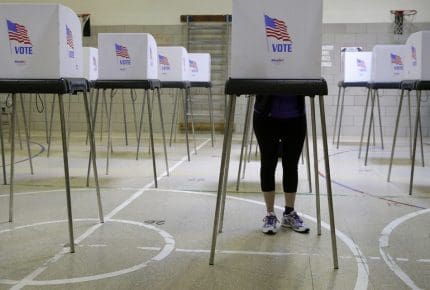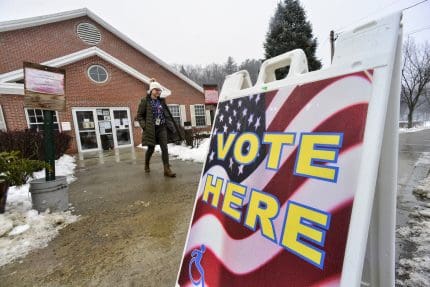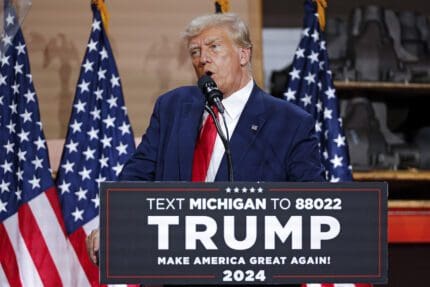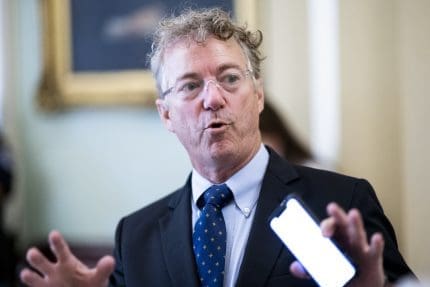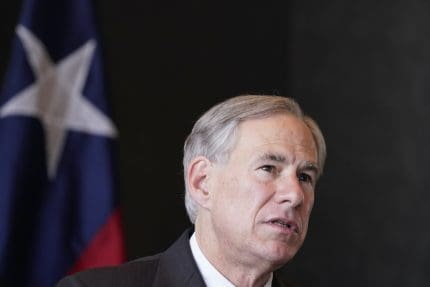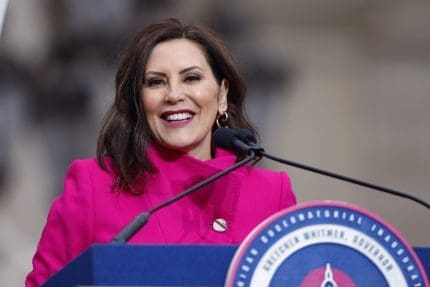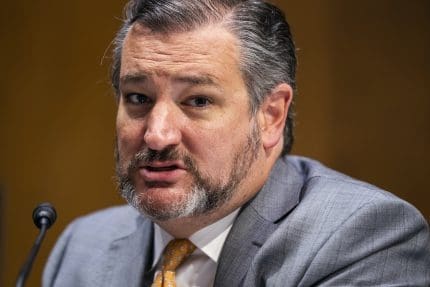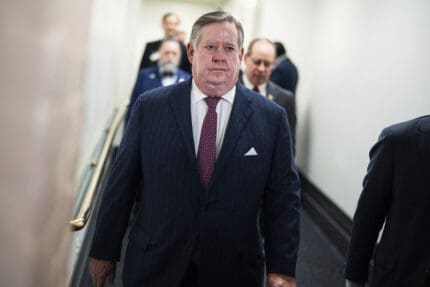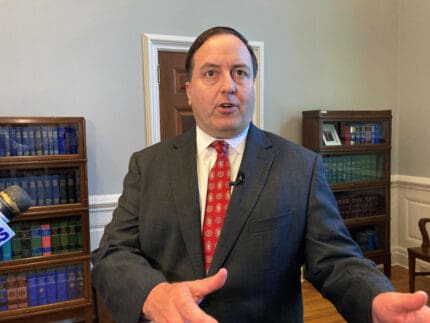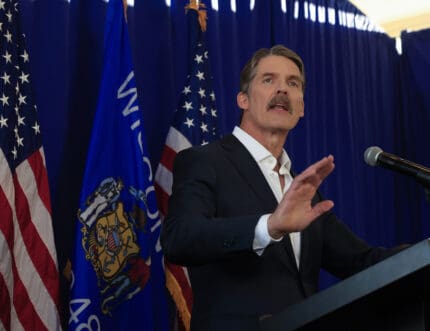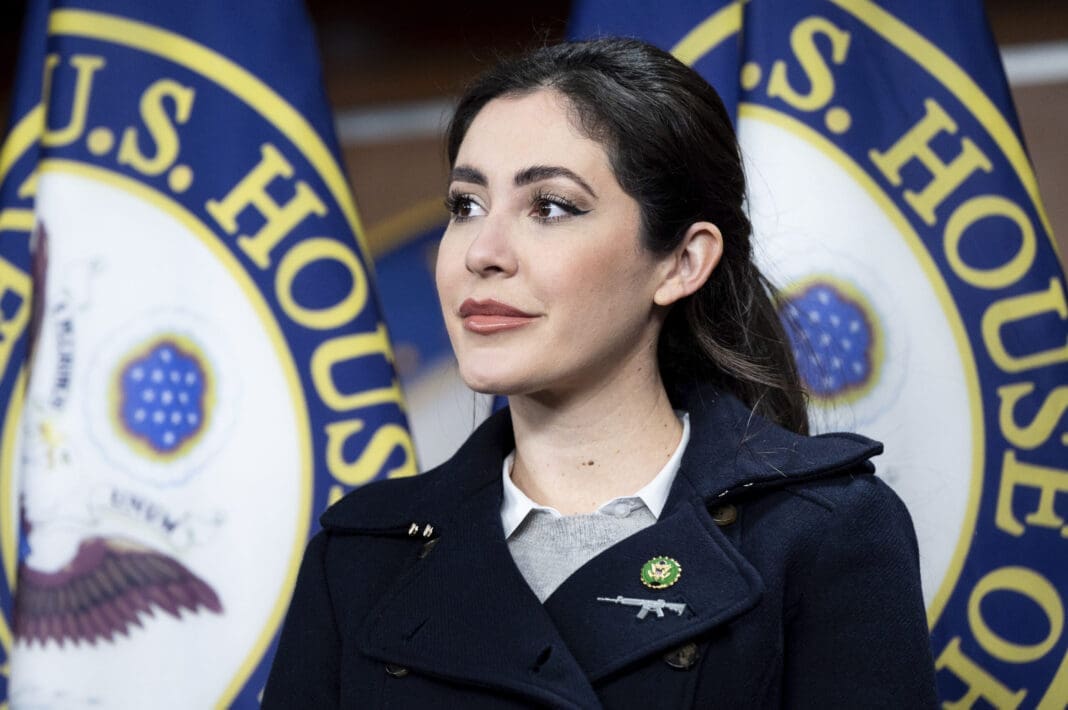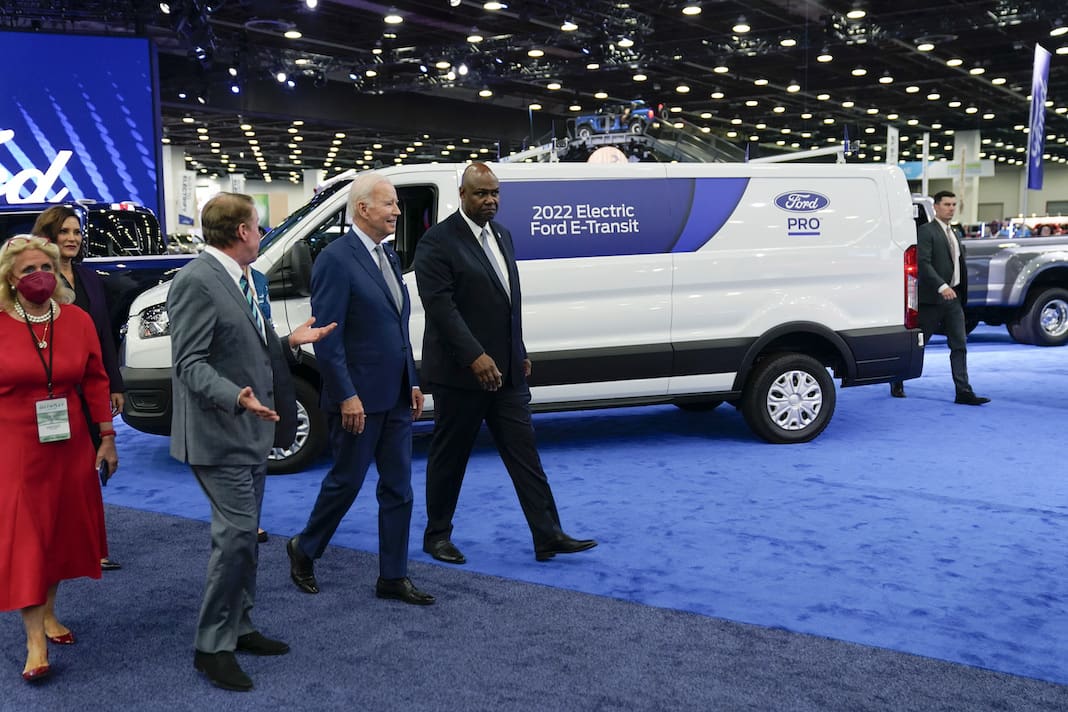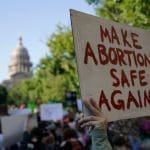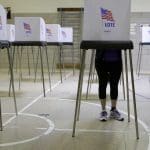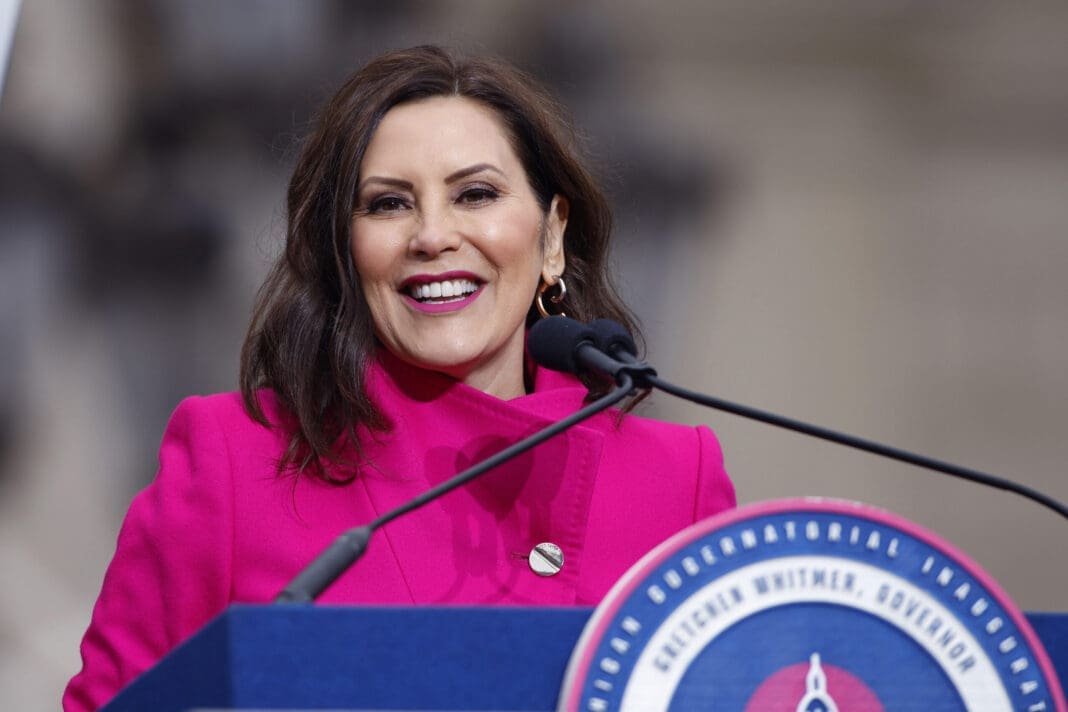Trump team is making it harder to fight HIV despite Trump's claims
Actions speak louder than words, and despite Trump’s pledge, his administration’s actions are not only falling short — they’re moving in the wrong direction.
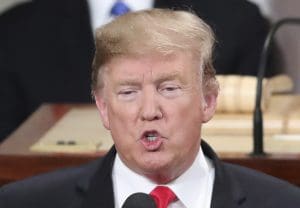
Trump announced this week during his State of the Union address that he plans to launch an effort to end the HIV epidemic in the U.S. within the next decade.
“My budget will ask Democrats and Republicans to make the needed commitment to eliminate the HIV epidemic in the United States within 10 years,” Trump declared. “Together, we will defeat AIDS in America.”
However, actions speak louder than words, and despite Trump’s pledge this week, his administration is not only falling short — it’s moving in the wrong direction entirely.
While many HIV/AIDS experts were excited when news of Trump’s plan to increase funding for HIV/AIDS prevention was first reported, their excitement soon turned to skepticism when the plan was released.
“There were high expectations that the president would use this opportunity to announce something bold on HIV in the U.S.,” said Jen Kates, vice president and director of global health and HIV policy at the Kaiser Family Foundation.
But those expectations were not met, Kates said, noting that Trump’s plan lacked the necessary details to even evaluate its potential impact.
“There was no detail on funding, for example, or the specific components of what might be done,” she said. “Without this detail, it is hard to say what this will mean for truly making a difference on HIV.”
What we can say, however, is that since taking office, Trump has undermined the fight against HIV/AIDS by letting partisan politics and ideology take precedence over science — and those actions have continued even as recently as this week.
The day after Trump delivered his State of the Union address, his own Department of Justice announced that it is suing a Philadelphia-based nonprofit to stop it from opening the nation’s first safe injection site.
Safe injection sites are facilities where intravenous drug users can get clean needles and inject drugs under medical supervision. These sites, which are based on the harm reduction approach to disease prevention and control, have been credited with containing the spread of infectious diseases like hepatitis and HIV, as well as reducing fatal drug overdoses.
Shutting down a site like this means that drug users will not have access to clean needles and will be more likely to reuse and share needles, putting them at increased risk for HIV.
In December 2018, the White House marked another setback in the fight against HIV/AIDS, when it shut down a critical line of HIV research because it involved the use of fetal tissue.
Reacting to the move, one government researcher warned, “This effectively stops all of our research to discover a cure for HIV.”
As the Daily Beast noted, the Trump administration also recently made changes to Medicare Part D that are “almost zeroed in” on restricting access to retroviral drugs for people living with HIV.
But Trump’s history of undermining HIV prevention efforts goes back nearly to the beginning of his presidency.
In May 2017, the White House released a budget proposal that would have slashed over $1 billion in funding for international and domestic HIV/AIDS prevention and treatment programs including PEPFAR (President’s Emergency Plan for AIDS Relief) and the Ryan White Program.
Last year, the administration started taking money from the Ryan White program to pay for the cost of reuniting immigrant families separated by the administration’s “zero tolerance” policy.
Also included in the 2017 budget proposal were plans to repeal the Affordable Care Act and make devastating cuts to Medicaid. Given that an estimated 40 percent of Americans living with HIV rely on Medicaid for healthcare, those funding cuts would disproportionately harm people with HIV.
While Trump and congressional Republicans haven’t been successful in their efforts to repeal the Affordable Care Act in its entirety, they have waged all-out war on health care access, often targeting those at risk for HIV.
For example, the Trump administration has proposed a so-called “religious freedom” rule that would essentially allow providers to deny health care services to LGBTQ patients, and has also attempted to dismantle the ACA’s non-discrimination protections for LGBTQ patients.
Meanwhile, the Trump administration and its GOP allies have repeatedly tried to strip funding from Planned Parenthood, which provides affordable HIV testing, as well sex education and critical community health services, including in areas disproportionately affected by HIV/AIDS.
As a result of these moves, six members of the Presidential Advisory Council on HIV/AIDS resigned in June 2017, saying Trump didn’t care about fighting the disease. Just a few months later, Trump fired the remaining 16 members of the council with no explanation.
The tragic reality is that advancements in science have brought us closer than ever to being able to end the HIV epidemic, but the Trump administration is moving us backward — making his State of the Union pledge nothing more than an empty promise.
Published with permission of The American Independent Foundation.
Recommended

Ohio doctors fear effects of emergency abortion care case set to go before U.S. Supreme Court
A federal law that allows emergency departments to treat patients without regard to their ability to pay will be under U.S. Supreme Court scrutiny this week, and Ohio doctors are concerned about the case’s local impact on emergency abortion care.
By Susan Tebben, Ohio Capital Journal - April 23, 2024
House GOP votes to end flu, whooping cough vaccine rules for foster and adoptive families
A bill to eliminate flu and whooping cough vaccine requirements for adoptive and foster families caring for babies and medically fragile kids is heading to the governor’s desk.
By Anita Wadhwani, Tennessee Lookout - March 26, 2024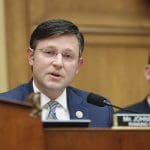
U.S. House Speaker Johnson says IVF should be protected — just not by Congress
U.S. House Speaker Mike Johnson said Thursday that it’s up to states and not Congress to preserve access to in vitro fertilization, weighing in on a growing national debate and campaign issue.
By Jennifer Shutt, States Newsroom - March 14, 2024







